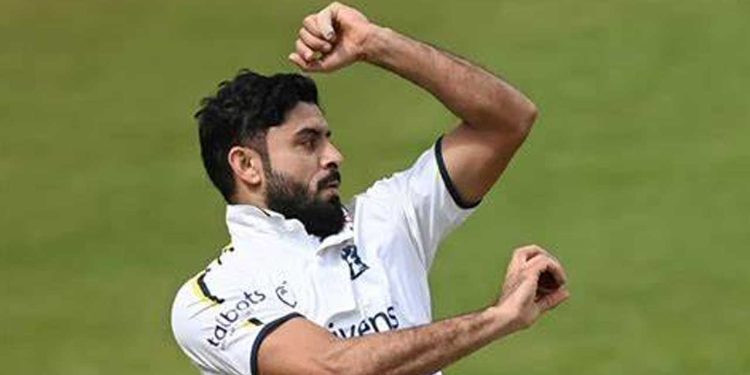Pakistan’s premier Test fast bowler Aamer Jamal has recently divulged an unexpected revelation about the toughest batter he has encountered within the national team. Contrary to popular expectations, Jamal did not cite renowned batters like Babar Azam or Mohammad Rizwan. Instead, he named Azam Khan as his most challenging opponent.
Jamal highlighted Azam Khan’s exceptional hitting prowess, emphasizing that the wicketkeeper-batter has consistently outperformed him during matches. “In Pakistan, I don’t want to bowl to Azam Khan. The reason is that in white-ball cricket, you have only two or three options: Yorker, Slow, or Bouncer,” Jamal explained.
Addressing Khan’s recent struggles, Jamal suggested that the player might be feeling the pressure of international cricket. He underscored the significant difference between league and international cricket, noting that international teams meticulously study players and exploit their weaknesses. “The standards of international and league cricket are very different. Your confidence in the league is different when you go to the international level,” he remarked.
Jamal elaborated on how opposition teams strategize against players in international matches. “Although you have performed well in the league, when the next team faces you, they have studied you and pinpointed your weaknesses. They know your strong zones and where not to bowl,” he pointed out.
He stressed the importance of supporting players through challenging phases. “If you want to develop a player, the process involves giving him starts in conditions where he has previously performed well. This builds and boosts his confidence, allowing him to deliver performances in any condition,” he concluded.
Azam Khan, renowned for his powerful hitting, has excelled in franchise cricket globally, amassing 3,242 runs in 166 T20 matches with a striking rate of around 150. Despite his domestic success, he has faced criticism for his performances on the international stage.
Jamal’s insights reveal the complex dynamics and pressures that cricketers face, highlighting the need for support and strategic development to ensure their success at the highest levels of the sport.













